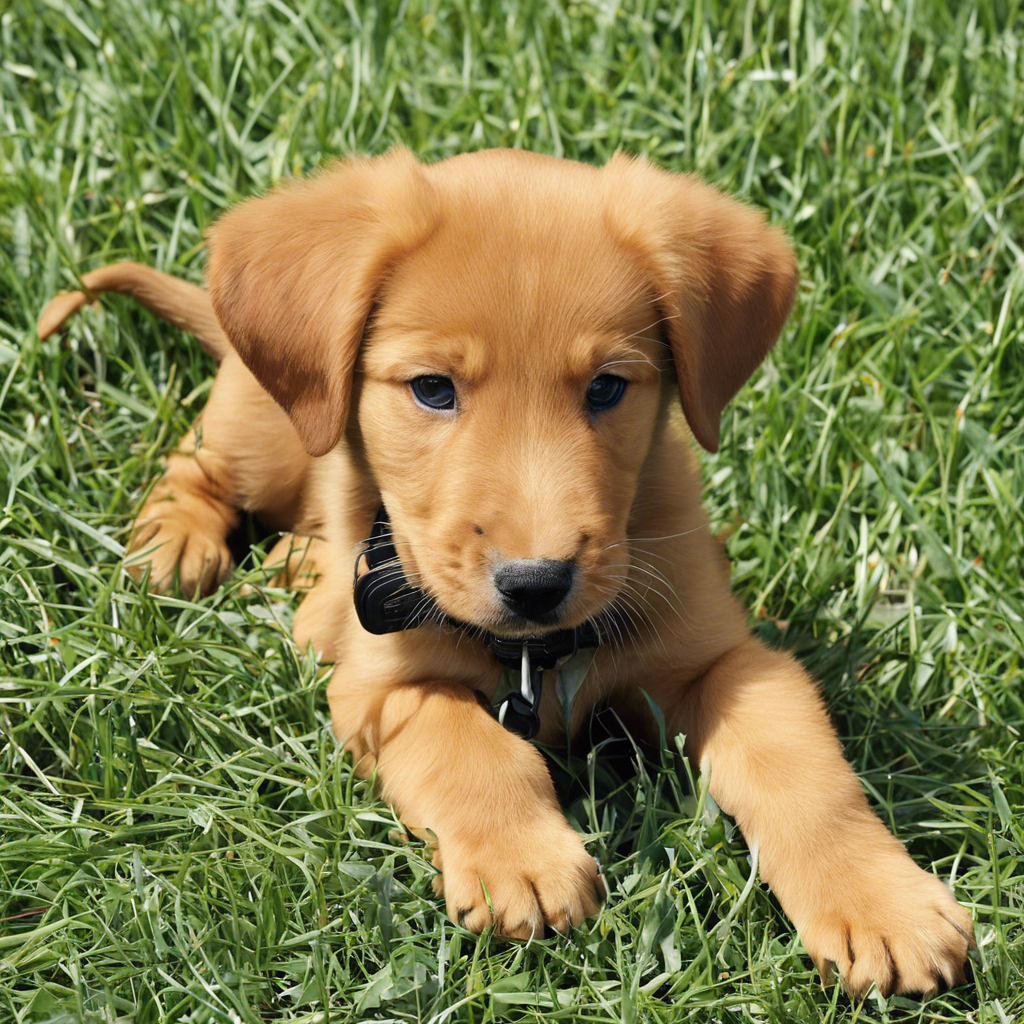Puppies are bundles of energy and enthusiasm, always eager to explore and play. As a new puppy parent, you might be wondering how much exercise your furry friend actually needs and whether you should be concerned about overdoing it. Striking the right balance is crucial for their overall health and well-being. Let’s dive into the world of puppy fitness and uncover the guidelines for keeping your little canine companion happy and fit.
During their first few months, puppies require less strenuous exercise compared to adult dogs. Their bones and joints are still developing, and excessive strain can potentially cause long-term damage. So, when it comes to exercise, quality trumps quantity. Short and gentle exercises are ideal for these young furry friends. A good rule of thumb is to aim for five minutes of exercise for every month of age, twice a day. For instance, if your pup is three months old, opt for 15 minutes of playtime, twice daily. As they grow, gradually increase the duration of these sessions.
Walks are an excellent form of exercise for puppies. Start with short strolls around your neighborhood, gradually increasing the distance as they get older. Keep in mind that puppies have a natural curiosity that may lead them to investigate every leaf and blade of grass, and that’s part of the fun! This exploration is not just exercise but also a sensory adventure, stimulating their minds and providing a learning experience. Just remember not to overdo it, as their tiny legs can get tired quickly.
Playing is another great way to engage your puppy. Fetch games and gentle tug-of-war can be highly enjoyable, but be mindful of their energy levels and avoid overwhelming them. Puppies often have short bursts of energy followed by the need for a well-deserved nap. Respect these natural cycles, and don’t push them to keep going when they’re ready for a break. Training sessions can also double as exercise, teaching them new tricks or commands while keeping their minds and bodies active.
It’s essential not to force exercise upon your puppy, especially when they seem tired or reluctant. Just like humans, dogs can feel sore after intense activity, and puppies are no exception. Listen to your puppy’s cues and let them rest when needed. If you notice any signs of discomfort or fatigue, like excessive panting, slowing down, or lying down during exercise, take these as signals to slow down or stop. You want to create positive associations with exercise, not dread.
In conclusion, exercising your puppy is about moderation and sensitivity to their needs. Short, frequent play sessions, gentle walks, and interactive training can provide the right amount of physical engagement while supporting their overall development. By being mindful of their limits and respecting their signals, you’ll ensure your puppy grows up happy, healthy, and full of life. Remember, a well-exercised puppy is a content and well-behaved companion, making the joys of puppy parenting even more rewarding.

